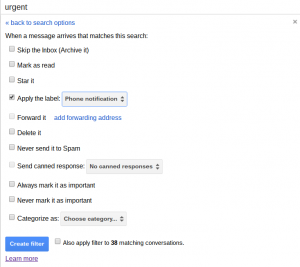Do you want a manager in your business to give better feedback? Then you need to develop their communication micro skills. The process of micro skilling involves four key steps. HR practitioners and trainers are ideally placed to facilitate those steps.
Provide the manager with a compelling reason to learn
Many managers feel uncomfortable delivering feedback on performance issues. So you need to deliver a convincing message about why making the effort will benefit them. For example, you might point out that:
- The staff member can’t change if they don’t know there is an issue.
- Performance problems often get worse over time if they are not dealt with.
- Team dynamics may be negatively influenced if other staff resent the fact that a colleague’s under-performance has not been addressed.
- Raising a staff member’s skills through coaching and feedback allows the manager to delegate higher level tasks over time. This frees up valuable time for the manager.
Supply a step-by-step model
Many managers are concrete learners. This means they learn best when you supply a step-by-step process for feedback. A robust model will:
- Emphasise that feedback is a ‘two-way’ dialogue.
- Contain steps for: describing the current level of performance in behavioural terms; drawing out the staff member’s thoughts on their own performance; gaining agreement that change is necessary; co-developing behavioural descriptors which clearly identify what ‘good’ performance will look like; identifying what support the staff member will need in order to change.
- Be summarized in flowchart format.
- Provide ‘starter phrases’ which the manager can reword to fit their own context.
Assist the manager to plan a real feedback message
Hearing about the principles of good feedback is very different to applying them. To build skills-for-action, HR practitioners and trainers need to help managers apply theory to their real life contexts. Assist the manager to draft a feedback message. Provide feedback on whether that message is clear, objective and focussed on behaviours which can be changed. For tips on wording a feedback message, see Eleanor Shakiba’s October blog post.
‘Real play’ the situation
The ability to lead effective skills application activities sets great HR practitioners and trainers apart from their colleagues. Before sending a manager out to deliver their feedback manager, give them an opportunity to ‘rehearse.’ Avoid using the word ‘role play’ as it triggers a stress reaction in many people. Instead, invite the manager to ‘try out’ their message on you before they deliver it to the staff member. Once the message has been delivered, respond in the way you believe the staff member is likely to react. Coach the manager through the conversation, so that they have a clear sense of:
- Words to use and avoid in a feedback message.
- How to respond to ‘difficult’ reactions such as tears, aggression, or silence.
- Phrasing they can use to direct the conversation towards behavioural change.
Always remember that although the process of giving feedback seems simple to seasoned HR practitioners or trainers, it is in fact a highly sophisticated skill. To build this skill, managers need a clear feedback model, as well as opportunities to try out that model in a safe context.
Business & Finance Articles on Business 2 Community(43)







